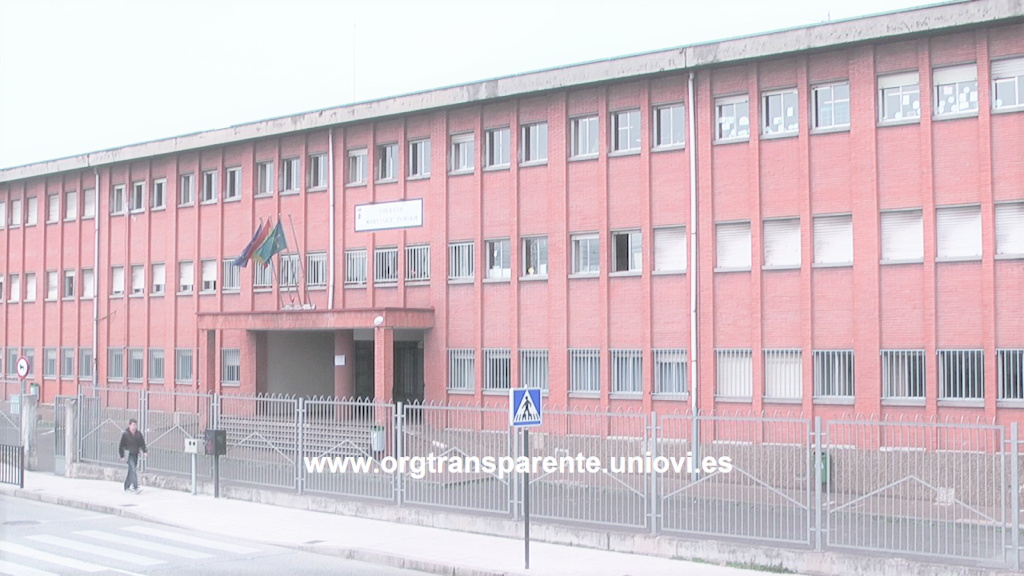
Educational spaces are specific places, prepared to carry out teaching and learning activities in the best conditions. These spaces distributed in a school centre are educational because they are used for cognitive formative situations, for example, the development of activities or attitudes.
Even the formative dimension of places that are not strictly school places is valued when they are visited by students and where they can develop, at least, the aesthetic sense, sensitivity, imagination… All of them provide the basic initial qualities that favour or hinder learning.
In Spain the legislation (Royal Decree 132/2010, February 12) establishes the minimum requirements for spaces in schools. And indicates that they will be dedicated only to school activities, although outside school hours the facilities may be used for sports and educational and cultural activities. They must meet the conditions of structural safety, fire safety, safety in use, health, noise protection and energy saving as indicated in current legislation. They must also comply with other requirements established in current legislation.
The spaces in which the teaching practice is carried out shall have natural ventilation and lighting directly from the outside. They shall have the required accessibility and barrier removal conditions so as not to discriminate against people with disabilities in their mobility.
Each school shall have, as a minimum, the following spaces and facilities:
- Offices for management, coordination and orientation activities.
- Spaces for administration.
- Teachers’ lounge appropriate to the number of teachers.
- Spaces for the meetings of the associations of students and parents of students, in the centres supported with public funds.
- Toilets and hygienic-sanitary services adequate to the number of school places, the needs of the students and the educational staff of the centre, as well as toilets and hygienic-sanitary services adapted for people with disabilities in the number, proportion and conditions of functional use that the applicable legislation on accessibility establishes.
- Spaces necessary to provide support for students with specific educational support needs.
- A playground, partially covered, suitable for use as a multi-sports court, with an area appropriate to the number of school places. In no case will it be smaller than 900 square metres.
- Library, with an area of at least 45 square metres in centres that provide primary education.
- A gymnasium with a surface area appropriate to the number of students.
All spaces in which teaching activities are carried out, as well as the library, will have access to Information and Communication Technologies in quantity and quality appropriate to the number of school places, guaranteeing accessibility to digital environments for students with different abilities.



